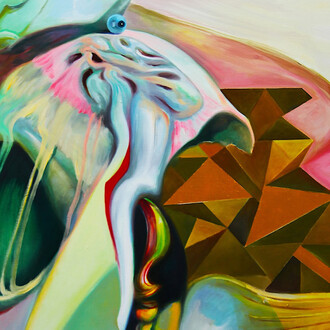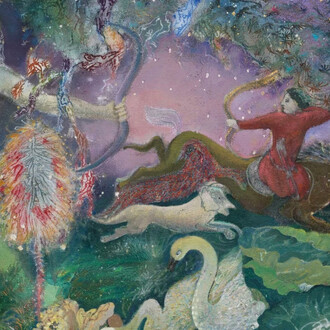Peter Knapp was born on June 5th, 1931, in Bäretswil, Switzerland. He studied at the Kunstgewerbeschule in Zurich, where he was influenced by the thinking and aesthetics of the Bauhaus movement. He learned about the beauty of function and modernity, which he came to expertly demonstrate in his typography, logo work, catalogue and poster design, and scenography. This led him to work, in the 1950s, as art director for the magazine Nouveau Fémina and the Groupe Galeries Lafayette. He subsequently won a competition to design the pavilions for the Brussels World’s Fair in 1956 alongside the Russian designer Slavik.
In 1959, the legendary magazine creator Hélène Lazareff recruited Knapp to art direct Elle, which was then an insurgent, iconoclastic publication on the fashion-magazine scene. Knapp served there until 1966 and then again from 1974 until 1977. During the same years, Knapp also became a photographer in his own right, grafting the Bauhaus tenet of applied art onto the practice of fashion photography in his elegant, expertly composed, and subtly challenging photographs.
Fashion photography, when considered an applied art, has interesting links to older forms of expression such as genre painting in Western Europe by artists like Pieter Bruegel and Johannes Vermeer, and Japanese ukiyo-e woodblock prints or paintings. In Japan, these things are considered fuzoku, which refers to customs and manners of daily life (including food, clothing, and housing) that are characteristic of a certain period, society, region, or class. And just as ukiyo-e in Japan and genre paintings in Western Europe are now considered critically important art movements, we should also consider applied fashion photography as a new form of art, and Peter Knapp as one of its foundational practitioners.













